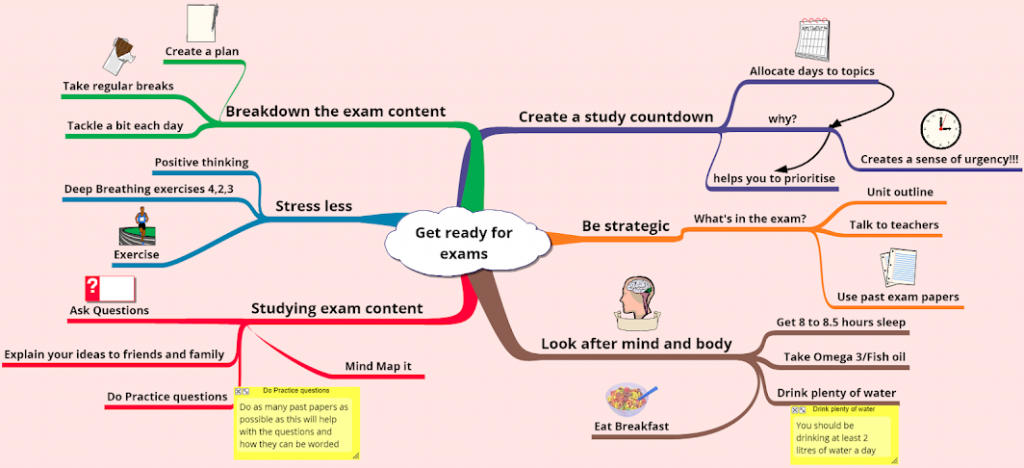
Industry news
A visual thinking strategy helps with arranging thoughts, concepts, facts and ideas in a way that helps with understanding and communicating information, especially for dyslexic learners.
The British Dyslexia Association’s video ‘Seeing Dyslexia Differently’ explains how people with dyslexia think differently. One of the strengths of a dyslexic mind is to think visually and this ‘trend’ is evidenced by the number of dyslexic thinkers who work in our creative industries, such as architecture. The school environment can be challenging as it often focuses on the weaknesses of dyslexic thinkers.
Visual thinking plays to the strengths of a dyslexic mind, helping the user to develop a useful overview of the information that requires consideration prior to presenting that information in a linear way. Let us look at why this is the case and what types of visual thinking strategies are useful.
Concept mapping
The term 'Mind Map' is often confused with the term 'Concept Map'.
Concept Mapping, is a way of visually illustrating the relationships between concepts and ideas. Often represented in circles or boxes, concepts are linked by words and phrases that explain the connection between the ideas, helping users to organize and structure their thoughts, further understanding and discover new relationships. Concept mapping is popular in science, health education, engineering and more.